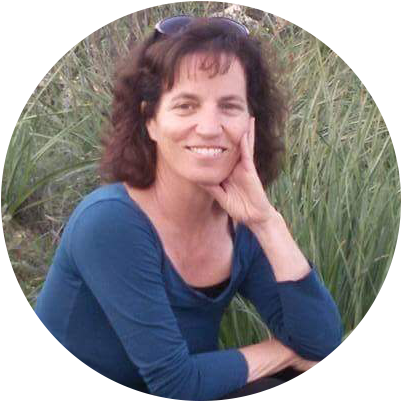Best Seasons for Langtang Gosaikunda Lake Trek:
- Spring (March-May): Spring offers flowers and milder temperatures. So if you are someone who loves to immerse yourself in the vibrant colors of Nature, Spring is best for you. Other than that, Spring has fewer crowds which is perfect for if you are keeping out endangered animals like red panda, and snow leopards.
- Autumn (September-November): Autumn is perfect for you if you are up for breathtaking views of the majestic peaks. The skies wear their most dazzling blue which allows you to capture stunning photos of the unreal landscape. Other than that The temperature should be perfect too though this season has the most crowd as the dashain-tihar holiday hits at this period.
Food and Accommodations:
Langtang Valley offers various kinds of cuisine. You can enjoy local, Asian and Western options but we recommend you to try local taste. We recommend you stick to vegetarian meals as it is always good to prevent stomach ache. Also, since Langtang National Park is a protected area there is a strict ban on hunting of any kind of animal so the food we have will only be vegetarian.
When it comes to accommodations, we will mostly stay in cosy tea houses with basic rooms. The rooms are shared unless you want to upgrade. Talking about the facilities in the tea houses, the lower altitude tea houses offer better facilities including Wi-Fi, hot showers, separate rooms and very cosy and comfortable beds. With the increase in altitude, expect basic facilities like communal bathrooms, andbucket showers.
Packing Essentials:
Packing can be confusing if you are a beginner trekker. If you want to complete the journey alone or with a porter, you should be careful about not bringing too many essentials. It is always better to bring only the items you will be using on the trek.
The commonly used essentials can be:
- Comfortable hiking clothes.
- Hiking shoes.
- Warm layers for cold nights.
- Sunscreen, moisturizer etc.
- Water purifier.
- A raincoat.
- First-aid kit.
- Gloves, sunglasses etc.
Altitude Sickness and Difficulty:
As the altitude increases, so does the risk of altitude sickness especially as we ascend above 3000m. That is also the reason why resting, walking slowly, anddrinking enough water is necessary. With the passing of days, the trek can be challenging, you should prepare yourself physically and mentally.
The first few days involve a significant gain in elevation which can be tough for beginners. You should expect a long hike as 15 days is not short. The climbs can be steep, andthe temperature will be cold, especially at night. As they say with no pain comes no gain, You should focus on playing with nature rather than these things but it is suggested to be prepared mentally.
Safety Measures:
While the trek is moderate in difficulty. The maximum altitude you will gain along the trek is a staggering 4,380m which can be daunting for many. Your safety is our main priority and we will make sure that every one of you is far from any kind of danger. If by any means, you are sick during the trek, it will be our responsibility to take you to the nearest hospital as quickly as possible. If the condition is anywhere near serious, we will take care of you by any means necessary up to calling a rescue helicopter while all the expenses will be carried by the travel insurance company. It is the reason we suggest you get insured before any trek.
Personal Expenses on Trek:
Most of the heavy expenses will be covered by the standard package for the trek. The package includes three meals a day, accommodations to settle for each night, apermit to explore the region, fees for expert guides, andporters and transportation within Nepal. The other expenses or personal expenses depend on you. Some of the additional expenses might include snacks, additional meals, drinks, service charges at higher altitudes (Wi-Fi, electricity, separate private room laundry), tip to porter and guide.
A typical day in the trek:
We start most of the morning early with a warm delicious breakfast watching the sunrise as the rays of sun brighten the mountain. After breakfast, we will start our hike to our destination which will take 5-7 hours based on the trail. You can capture photos, create memories stay hydrated and taking enough rest during the trek. As we reach the guesthouse, we will rest there, learn the lifestyle of the locals and have a warm dinner with them in the communal dinner hall.







